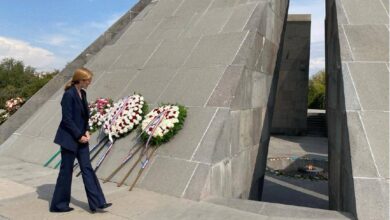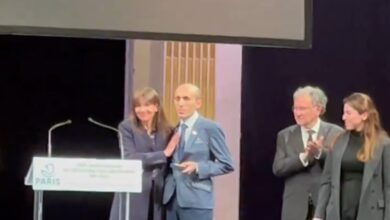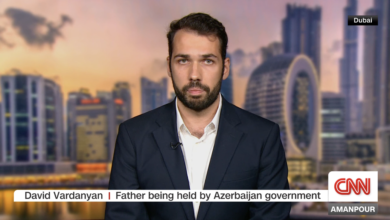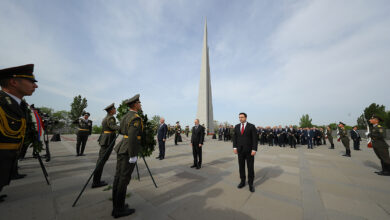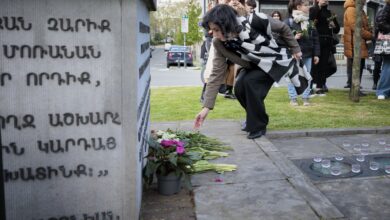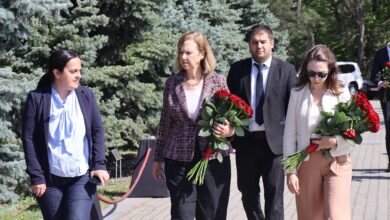Armenian Syrians now in Toronto are refugees a second time
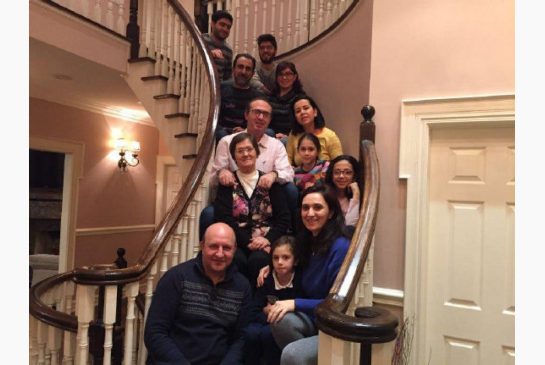
By Joe Fiorito
The Toronto Star
The first of the wave of Syrian refugees were Armenian Syrians, and it took far too long to get them here but we were finally struck by the loveliness of those moments of welcome: here’s your parka, now you’re home.
What you might not have paused to consider, and so did not think to ask, is this: Armenian Syrians?
What does that mean, and what does it matter?
It matters because a century ago the Armenians were on the run from genocide; some fled to Syria. It means that the first refugees we have welcomed are the grandchildren and great-grandchildren of those who escaped the genocide in 1915.
It means that 100 years is a heartbeat of history.
The Armenian Syrian refugees have strong memories of the old horror because the story has been handed down, and this is what they must have thought as they packed:
We flee again.
I met some of these new refugees, the ones with such memories. They are the Panossians, by birth and by marriage, eight in total, sponsored by Maria Panossian Abajian and her husband, Harout.
One hundred years ago their forebears were kicked out of Kilis, in southern Turkey. They headed on foot for the safety of the ancient, the magnificent, the multicultural city of Aleppo.
Their flight was complicated by hunger and fear, and by separation along the way, and the stories of that journey are shot through with death and kindness and sorrow and, above all, with spirit.
A footnote: there are some Armenians who still have the keys to those houses that were abandoned 100 years ago, and the keys are talismans and reminders.
But not everyone who fled a century ago kept a key and handed it down. Maria said, “I can tell you that some people left their keys under rocks; they hoped to come back.”
There was no going back then.
I asked Mgrdich Panossian — he is a dentist, and he is Maria’s brother — what he did with his housekeys. He said, “I left them with the neighbour. I said to him, ‘I hope we return soon.’ ”
Have you seen the photos of Aleppo?
There is no going back now.
I asked Betty Panossian Minassian — Maria’s sister — if the old stories came back to her as she prepared to leave. She said, flatly, “We felt the same feelings our grandmother and grandfather felt. The technology is different — they moved by walking — but the feelings are the same; we are living out ancestors’ life.”
I asked Mgrdich about the decision to leave Aleppo. He said, “It was war. The safety of our children was an issue. At Easter, in 2013, a bomb fell on the balcony next to ours. We lived on the top floor. A miracle, the shrapnel didn’t hit us.”
His wife Alin said, “We moved to another apartment — my mother’s, on the second floor of a building in another part of the city.”
Yes, and when the bullets are flying, there isn’t much safety on the second floor, either. Alin: “Our daughter began to have nightmares; she said, ‘If those bad guys come, do you have stones to throw, to defend us?’ ” Stones are no defence against bullets and bombs.
I was curious about what they brought with them, if they did not bring their housekeys. Betty said, “I brought 20 kilos of photos.” Her husband Jakob Minassian, smiled. He carried those suitcases. He said, gently, “It was twenty-seven kilos.”
Jakob also said, “I brought my tools. I’m living with my tools.” He is, indeed, because he landed a job a week after he arrived. “I repair motors, from one-half horsepower to 300 horsepower. I work in a big shop.”
Among the precious things Mgrdich brought are his father’s beads, a modest string worn smooth from use. He also brought a handmade backgammon set; he helped his father make it.
These are keys of another kind.
Their kids, I should tell you, are handsome and quick and they are already at home in Toronto, although Maria’s house, where they all live, is in the leafy and spacious suburbs. I think the kids would prefer the electric density of downtown; never mind.
They need not run again.


